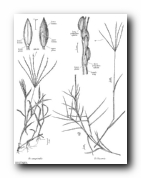
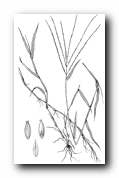
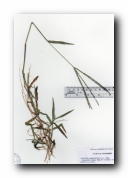
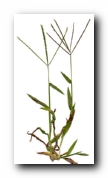
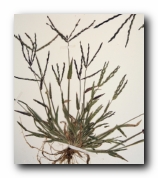
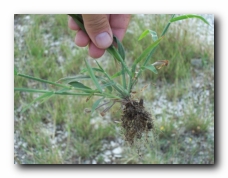
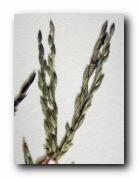
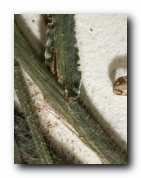
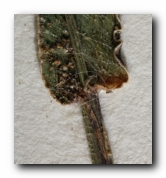
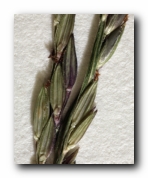
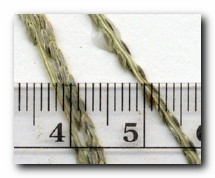
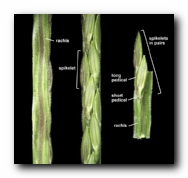
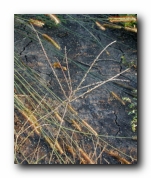
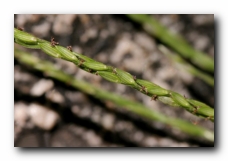
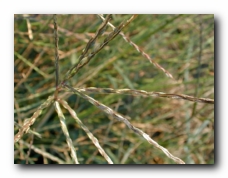
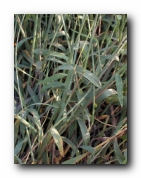
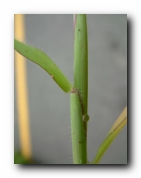
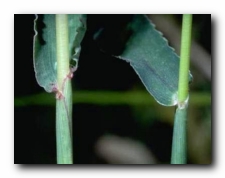
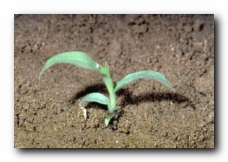
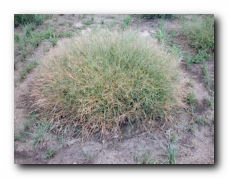
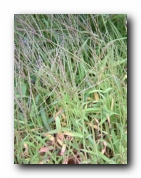
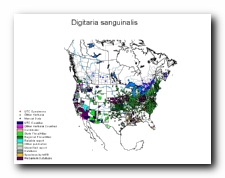
40" Rows: Broadcast:
Loam:
Clay:
Habit: Annual. Culms: 30-100 cm. tall, erect or ascending from a decumbent often creeping base, rooting at the nodes, freely branching. Blades: 4-20 cm. long, 4-10 mm. wide, more or less papillose-scabrous on both sides, occasionally purplish. Sheaths: Shorter than the internodes, loose, the upper less than the lower, densely papillose-hirsute. Ligule: Membranous, 2-3 mm. long. Inflorescence: Composed of 2-10 spikelike racemes 5-18 cm. long, which are disposed in whorls, or approximate at the summit of the stems; rachis winged or flat-margined, the margin as wide as the central rib. Spikelets: Narrow, nearly planoconvex, acute, 2.5-4 mm. long, 1-flowered, usually appressed-pubescent between the smooth or scabrous nerves, in 2's on one side of the flat and winged rachis, one of the spikelets subsessile, the other longer-pediceled, the pedicel strongly hispidulous, sharply 3- angled. Glumes: First minute, triangular, glabrous; second glume about one half as long as the pale or grayish fertile lemma, narrow, ciliate, 3-5-nerved. Lemmas: Sterile lemma strongly nerved, the lateral internerves appressed pubescent (at maturity the hairs sometimes spreading), fertile lemma cartilaginous, papillose-striate, with a hyaline margin not inrolled. Fruit: Cartilaginous with pale hyaline margins, lanceolate, acutely apiculate with age. Habitat: Waste places, roadsides, and cultivated ground. June-September. Use: Of some forage value when seeded in pure stands on cropland. Remarks: One of the most common garden and lawn weeds in the state.
Special Notes: